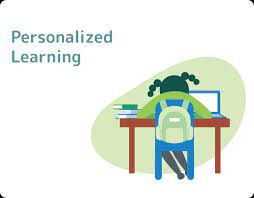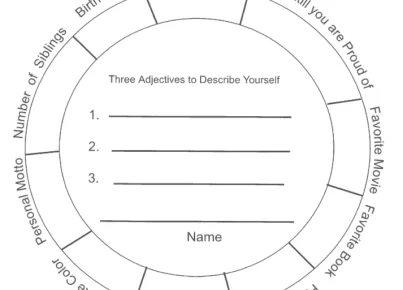Introduction:
In today’s fast-paced world, it’s more important than ever for individuals to engage in personalised learning to stay relevant and competitive. Personalised learning is the process of tailoring education to cater to the unique needs, preferences, and goals of each learner. This approach not only enhances the quality of education but also fosters a deeper sense of connection and commitment to one’s learning journey. In this article, we will explore various strategies that you can use to personalise your own learning or that of your students.
1. Identify Learning Styles:
The first step in personalising learning is understanding an individual’s preferred learning style. Generally, people have different ways of processing information: visual, auditory, reading/writing, and kinesthetic. By identifying the most suitable style for a learner, you can tailor your teaching methods accordingly.
2. Set Clear Goals:
Having clear goals is crucial in personalising learning experiences, as they provide a roadmap for what learners want to achieve. With these objectives in mind, individuals can track their progress and measure their success in reaching their targets.
3. Choose Suitable Learning Content:
The selection of appropriate learning content plays a significant role in personalising education. With the vast amount of information available today, it’s essential to select suitable resources that align with learners’ goals and preferences.
4. Implement Differentiated Instruction:
Differentiated instruction involves adapting the curriculum to cater to the unique needs of each learner or group of learners in a classroom setting. This might include varying teaching styles and materials or offering choices of activities or projects that allow learners to demonstrate their understanding in multiple ways.
5. Leverage Technology:
Technology has transformed the educational landscape by providing numerous tools and platforms that facilitate personalised learning. From adaptive learning software to artificial intelligence tutors, educators now have access to resources that offer deep insights into learners’ abilities and areas for improvement.
6. Provide Regular Feedback:
Feedback is essential for learners as it enables them to identify areas for improvement and continue refining their skills. Make sure to offer timely and constructive feedback, which supports the individual in achieving their learning goals.
7. Encourage Reflection and Self-Assessment:
Instilling a sense of self-reflection helps learners gain insights into their development and evaluate their performance. Encourage individuals to reflect on their learning progress and assess how well they are achieving their set goals.
8. Cultivate a Growth Mindset:
Promoting a growth mindset encourages learners to see failures as opportunities for growth rather than setbacks. By fostering a belief that intelligence and abilities can be improved, personalised learning can become more engaging and enjoyable for every learner.
Conclusion:
Implementing a personalised learning approach not only benefits individual learners but also contributes to creating an inclusive educational environment. By tuning into the unique needs, preferences, and goals of each learner, we can unlock their full potential and empower them to thrive on their learning journey.





